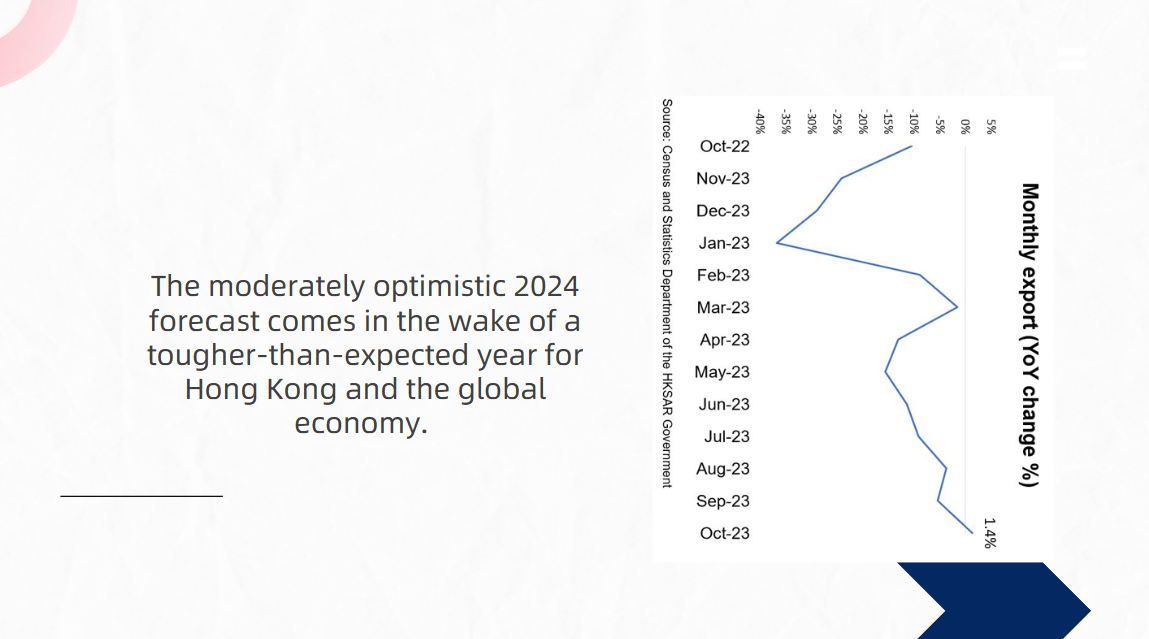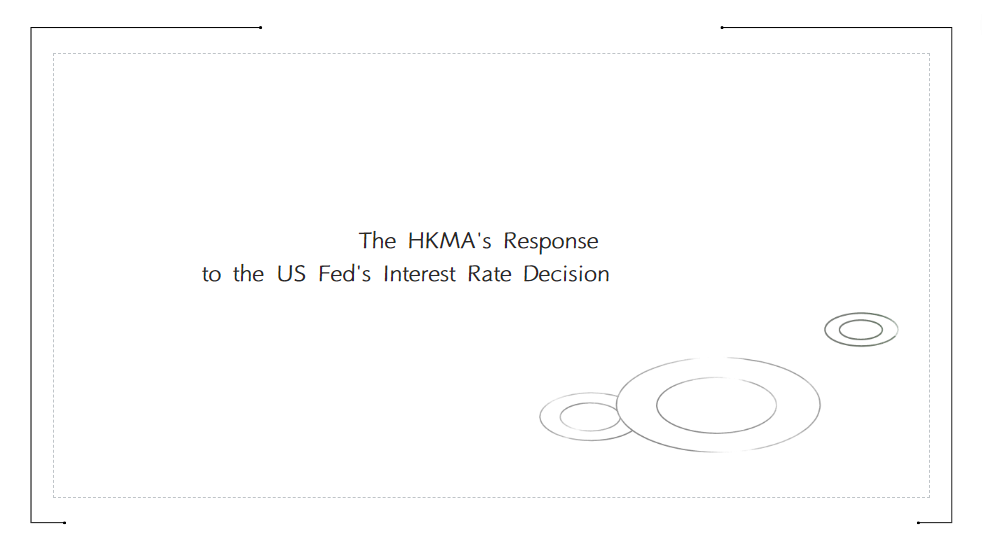HKMA:Designation of Domestic Systemically Important Authorized Institutions
The Hong Kong Monetary Authority (HKMA) has completed its annual assessment of the list of Domestic Systemically Important Authorized Institutions (D-SIBs). Based on the assessment results, the list of authorized institutions designated as D-SIBs remains unchanged compared to the list of D-SIBs published by the HKMA on 30 December 2022. The latest list of D-SIBs is shown in the Annex.
Under the D-SIB framework, each of the authorized institutions designated as a D-SIB will be required to include a Higher Loss Absorbency (HLA) requirement into the calculation of its regulatory capital buffers within a period of 12 months after the formal notification of its designation. The HLA requirement applicable to a D-SIB (expressed as a ratio of an authorized institution’s Common Equity Tier 1 (CET1) capital to its risk-weighted assets as calculated under the Banking (Capital) Rules) ranges between 1% and 3.5% (depending on the assessed level of the D-SIB’s systemic importance). Compared to the list of D-SIBs published on 30 December 2022, there is no change to the HLA requirements applied to the designated D-SIBs.
Further details about the decision can be found on the HKMA website (Systemically Important Authorized Institutions (SIBs)).
Background
1. D-SIB framework in Hong Kong
The Banking (Capital) Rules and the HKMA's regulatory framework for D-SIBs follow the provisions in “A framework for dealing with domestic systemically important banks” issued by the Basel Committee on Banking Supervision in October 2012, by enabling the Monetary Authority (i) to designate an authorized institution as a D-SIB if the Monetary Authority considers the authorized institution to be of systemic importance in the context of the Hong Kong banking and financial system and (ii) to require an authorized institution designated as a D-SIB to be subject to an HLA capital buffer.
The rationale for imposing an HLA requirement on D-SIBs is to reduce any probability of them becoming non-viable. This is considered both prudent and justified in view of the greater impact that they could have, in the unlikely event of their failure, on the domestic financial system and the local economy more broadly.
2. HLA requirement for authorized institutions designated as D-SIBs
The Monetary Authority is empowered under sections 3U and 3V of the Banking (Capital) Rules to designate D-SIBs and to determine an HLA requirement for each of these D-SIBs by reference to the degree of domestic systemic importance which the Monetary Authority assesses them to bear. To achieve this aim, the HKMA’s regulatory framework for D-SIBs provides for authorized institutions designated as D-SIBs to be allocated to different HLA “buckets”. This differentiated approach reflects the diversified nature and varying degrees of systemic importance of authorized institutions in Hong Kong.
The designated D-SIBs must apply the HLA in the calculation of their regulatory capital buffers within 12 months of the formal notification of their designation. There are five HLA buckets in total ranging from 1% to 3.5%. While only the first four buckets (i.e. from 1% to 2.5%) have been populated so far, the framework includes an empty 3.5% bucket to encourage D-SIBs to refrain from becoming even more systemically important.
The HLA applied to a D-SIB serves (together with the Countercyclical Capital Buffer) as an extension of the Basel III Capital Conservation Buffer. Accordingly, if and when a D-SIB's CET1 capital ratio falls within the extended buffer range, the D-SIB will be subject to restrictions on the discretionary distributions it may make. The effect of this is that D-SIBs will be required to retain earnings in order to bolster their regulatory capital.























































First, please LoginComment After ~